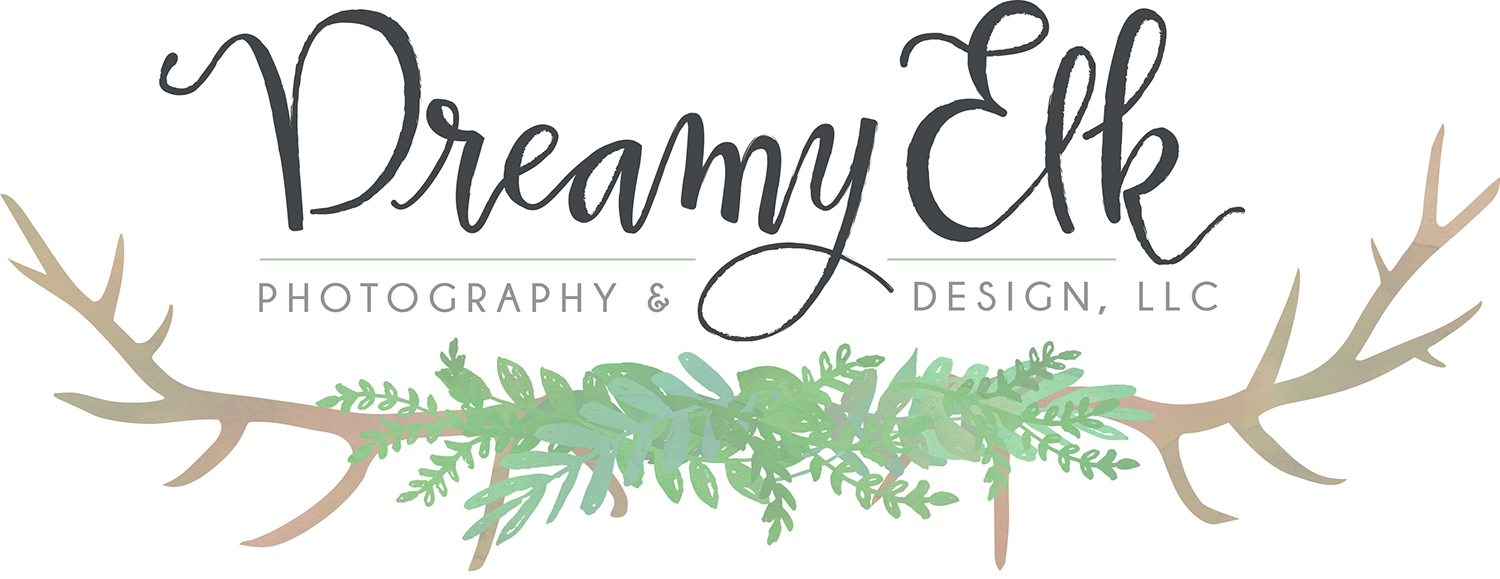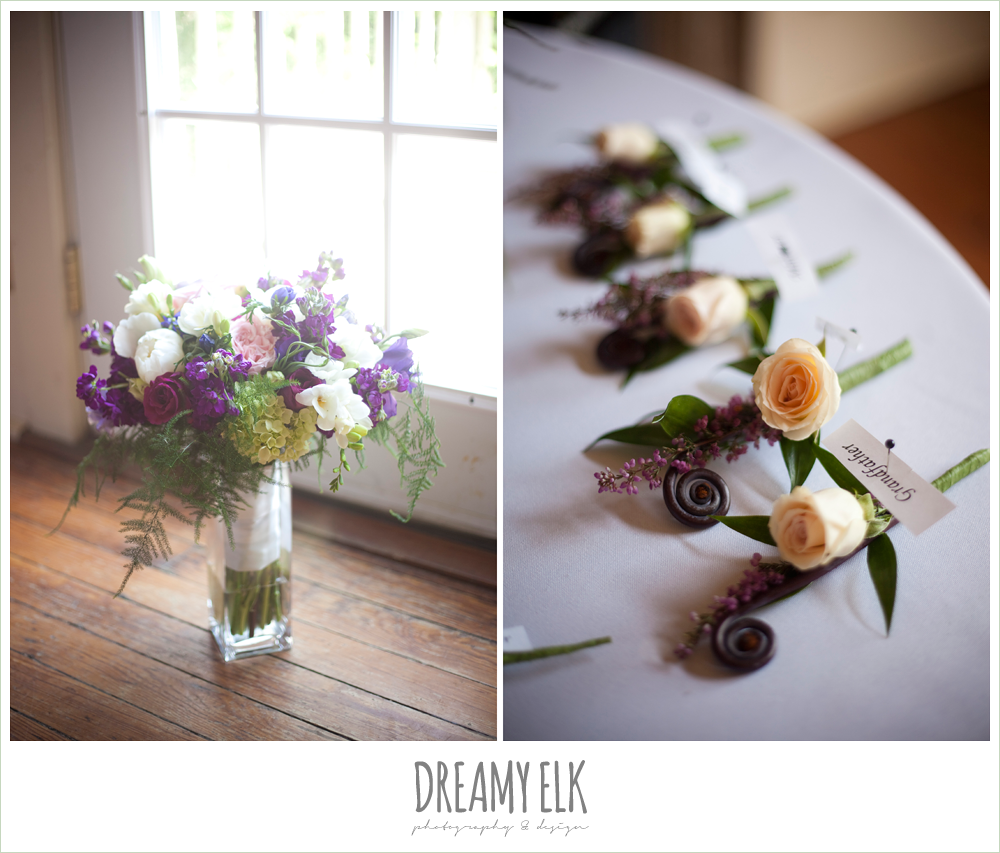what is aperture or f-stop? {tech tips}
If you've ever found yourself thinking I would really like to learn how to use the Manual setting on my camera, then this article is for you.
There are three things that you really need to know in order to take that giant step away from auto. Aperture, shutter speed, & ISO.
Ready? Me, too.
For any scenario that you want to photograph, you will need to come up with a balance of aperture (also called the f-stop), shutter speed, & ISO. While there is no correct balance or formula, knowing how these three things work together will make all the difference in the world with your photos & will help you achieve the effect you want. No more guesswork! Also, while one is not necessarily greater than the other, in most scenarios, one will take priority.
My best advice is to figure out what you are trying to accomplish in order to figure out what the best balance is, & which one of the three to consider first.
Are you photographing a football game on a sunny afternoon? Are you wanting to focus on one individual in a crowd? Are you wanting to freeze the rain drops? Are you on a darkened dance floor with flashing lights?
Let's first talk about the aperture, or f-stop.
Side note: Many things camera related are seemingly backwards, so bear with me!
how aperture works
Usually represented as "F/#," & the f-stop is the size in diameter of your shutter. The shutter is what allows light to enter your lens/camera & expose your image.
Measured in inches, an aperture of 4.0 is basically 1/4th of inch wide. Most of the time, the f-stop is represented by just the number without the F or the number 1 preceding it. The basic principle is this: The smaller the number, the wider open the aperture. For example: F/4.0 will let in significantly more light than F/24 because 1/4" is bigger than 1/24". [Note: I am very much simplifying this concept. If you really want to study the formulas, there are square roots of 2 involved. Just a warning. This is just the easiest way to explain it.]
The aperture range can be anywhere from 0.9 to 24 or higher, & is determined by your lens, not your camera. Most kit lenses have a minimum f-stop of 4.0 or 5.6.
Your next question will probably be Why in the world are the numbers random? They go from 2.0 to 2.8 to 4.0. THERE'S NO LOGIC!
Oh, but there is.
When you go up in number, from 2.0 to 2.8 (that is, the diameter decreases from 1/2" to 1/2.8"), you are halving the size of the aperture. If you go down in number, from 5.6 to 4.0, you are doubling the amount of light entering your camera.
Ok. That's as deep on the mathematical & mechanical side of things that I'm going to go. If you want to learn more about aperture & why the numbers are the way they are, the Internet is a wealth of knowledge. I've just given you enough info to get you started with the fundamentals.
So, what does this mean, & how do you use this?
Let's say you're inside, & even though it's daylight outside & some light is coming in the windows, it's still really dark inside. You may be able to see just fine, but your camera is struggling. The first thing I do in situations like this is to make sure my aperture (or f-stop) is set to the lowest number like 1.8. This will allow the maximum amount of light to enter my lens as possible.
Low f-stops also really help you achieve shallow depth of field (DOF).
After setting my aperture, I'll use my light meter inside my camera to adjust my shutter speed & the ISO. The light meter is inside your viewfinder, although you can view this on the LCD screen if you are using a DSLR. When you hold down the shutter button halfway, the meter will tell you if you are over-exposed, under-exposed, or right on target.
If you are in the market for a new lens that will take great photos in low-light situations, look for a lens with a low f-stop. Unfortunately, the lower the f-stop on a lens, the more expensive the lenses turn out to be. If you're just starting out & are ready to branch out from your kit lens, I always recommend getting a "nifty fifty" lens that opens up to 1.8. It's cheap, small, & super fun to play with.
Stay tuned for more about shutter speeds & ISO settings! There's so much I could branch off & keep talking about, but I'm restraining myself right now.

